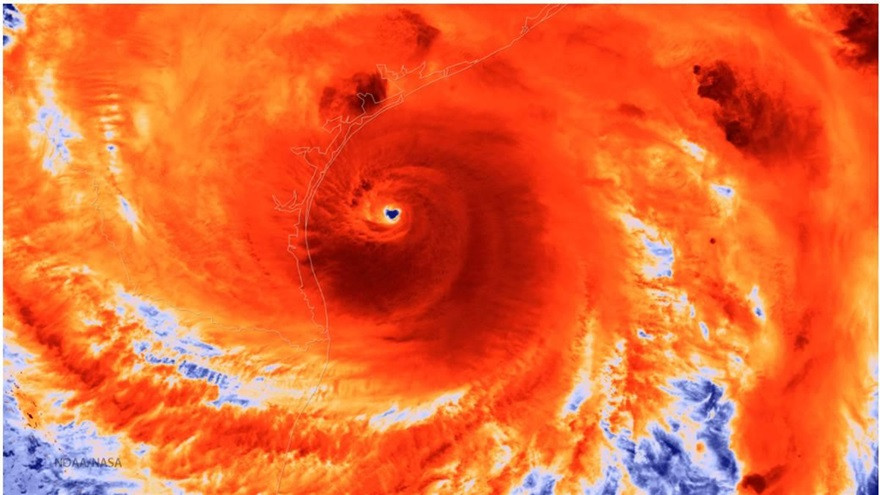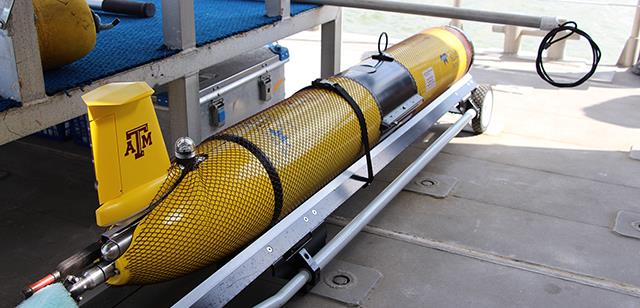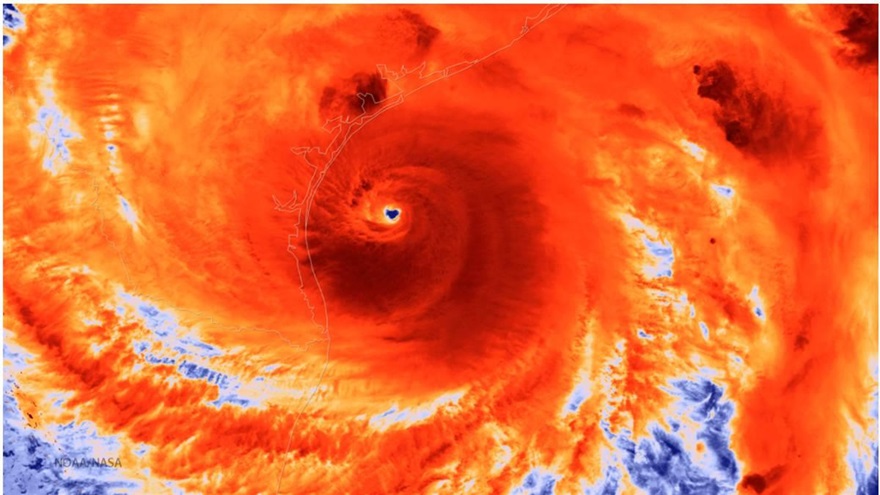The official start of the Atlantic hurricane season here, with NOAA predicting a likely range of 13 to 20 named storms with winds 39 mph or higher for 2021. Six to 10 could become hurricanes (with winds 74 mph or greater), including three to five storms rated category 3 or higher with wind speeds of 111 mph or greater.
We asked Kerri Whilden, GCOOS Oceanographer and Assistant Research Scientist at the Geochemical & Environmental Research Group at Texas A&M University, to give us an overview of what’s been happening behind the scenes to prepare and what the plans are for glider deployments in the Gulf.

















